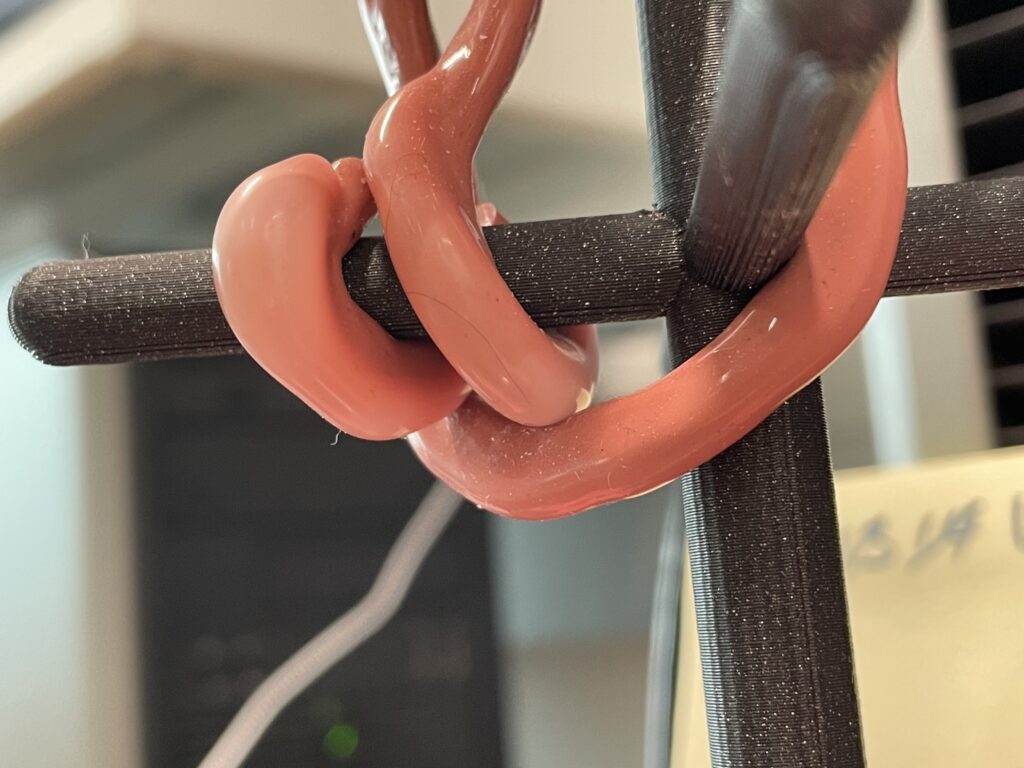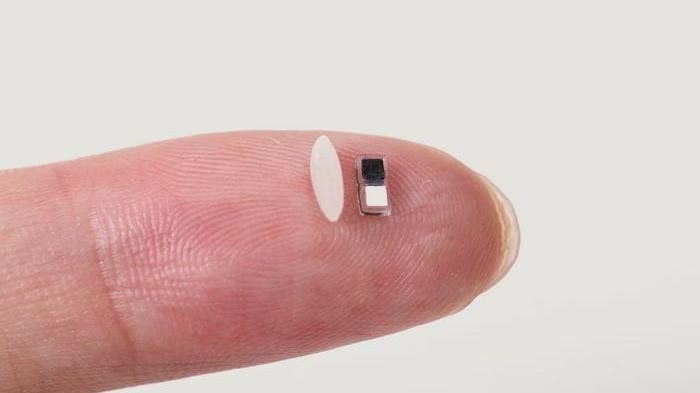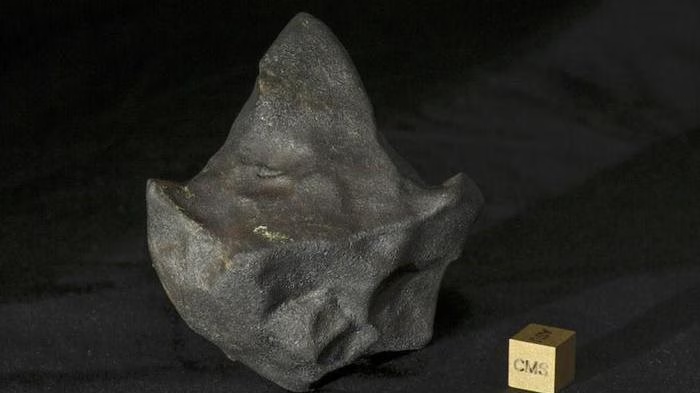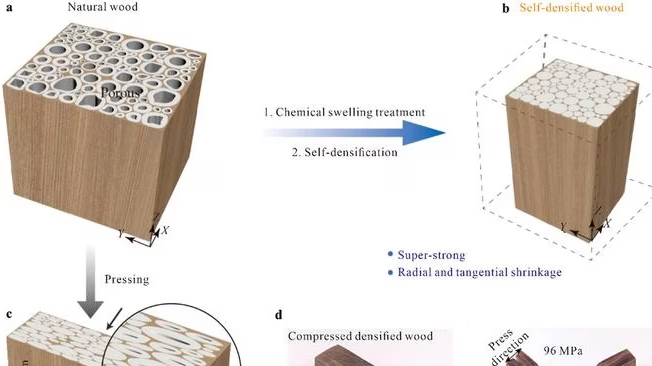By Charles Carter, 25/10/22
Innovators from Harvard John A. Paulson School of Engineering and Applied Sciences have created rubbery pneumatic tentacles that can entangle objects and pick them up – shades of the aliens from Independence Day.
This new approach to robotic grasping is much simpler than existing methods with no need for embedded sensors or complex feedback loops, just air and rubber tubes.
It could one day be used to handle fragile pieces of endangered coral or priceless artifacts from sunken ships.
The work was recently published in the journal Proceedings of the National Academy of Sciences (PNAS).
How does it work?
The team took inspiration from nature for the design especially the way jelly-fish use their tentacles to collect prey.
Twelve foot-long tentacles made from hollow rubber tubes are connected to a pump and mounted to a robotic arm.
The tubes are thicker on one side so that when they are filled with pressurised air they curl up like pigtails.
As they curl up they entangle with themselves and the object, and although the individual contact with the object is delicate, the collective hold is strong.

What are the potential benefits?
Soft robotics have a range of real-world application like picking up soft fruits and vegetables in processing plants, delicate tissues in medical settings and glassware in warehouses.
The simplicity of the approach here could help to reduce production and maintenance costs.
The tentacles are also very versatile. They can pick up a range of different object shapes instead of needing specialised soft grippers for each type, which could increase efficiency.
Questions for you. Comment below
- First thought that comes into your head?
- Pros and cons according to you?
- Other applications of this approach?
- What could this be combined with?
Links
https://www.pnas.org/doi/10.1073/pnas.2209819119




I don’t think the title of your article matches the content lol. Just kidding, mainly because I had some doubts after reading the article.
Your point of view caught my eye and was very interesting. Thanks. I have a question for you.
I don’t think the title of your article matches the content lol. Just kidding, mainly because I had some doubts after reading the article.